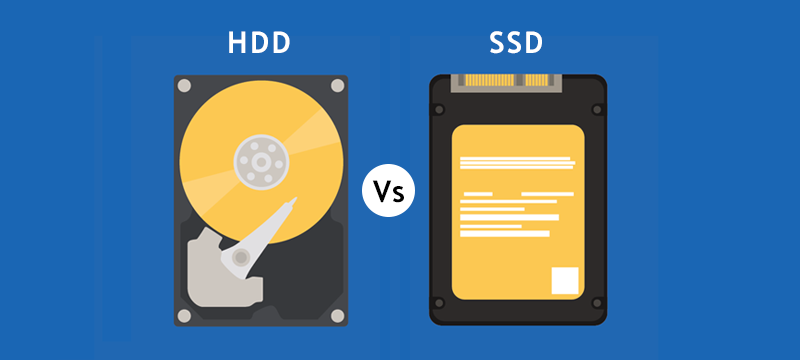The storage strategy in a data center

Performance differences
The performance of the HDD is tied to the mechanical components used in the drives. These components need continuous correction to maintain position and speed of movement. HDDs combine rotating magnetic disks with read / write heads held in a position just above the surface by a lever with a positioning mechanism. The data is written and read by generating or sensing a magnetic field and the data is preserved and accessed with a sector / track and cylinder construction.
Therefore, there are latencies and drive access times are slowed by seek times, rotational delays, and data transfers.
SSDs on the other hand do not have any mechanical element of movement in their design, so they eliminate access times. This data is stored in a NAND flash memory.
However, SSDs have their own limitations in terms of life expectancy. The workload, especially in the enterprise sector, can be extreme and involve high volumes of transactional data storage, which could tip the balance towards write operations over read operations. For SSDs, the frequency of this data change predicts the life of the device in the field.
Capacity and power consumption
HDDs have a higher storage density and can store more data per unit volume than an SSD. Because organizations have limited data center space, storage density makes HDDs a compelling case.
On the other hand, SSDs give off much less heat and consume less power. Meaning a better IOPS per watt transmission advantage.
Useful life
Unlike magnetic disk platters, NAND flash cells have a limited lifespan, and the erase / write process affects that lifespan. The normal life expectancy of an SSD depends on the type of NAND flash used. Typically, the lifetime of memory cells for multilevel cells (MLCs) used in consumer SSDs is 10,000 cycles, and single-layer cells (SLCs) used in eSSDs are 100,000 cycles.
An HDD hard drive is estimated to have an average life of 20,000 hours on.
In conclusion
Data must be hosted according to access needs, companies can manage an effective and efficient tiered storage solution for all their data storage needs, using HDD to store large amounts of information that is accessed less frequently and SSDs to quickly access other more sensitive information.
SSDs should be viewed as add-ons to HDDs and in no way a substitute for HDDs to enhance existing storage infrastructure. Given the capacities stated above, the two types of discs will continue to coexist for a few more years.
By: Oriol & Jan